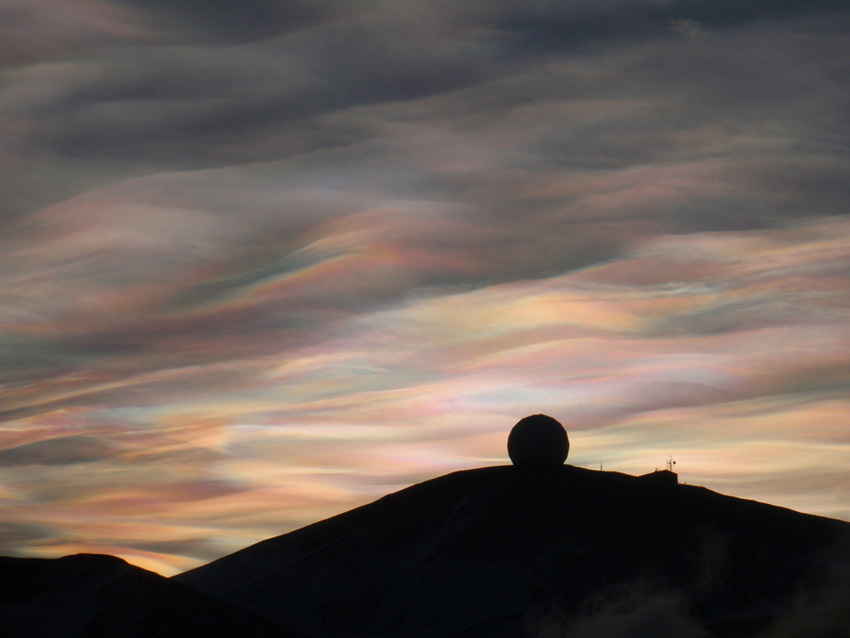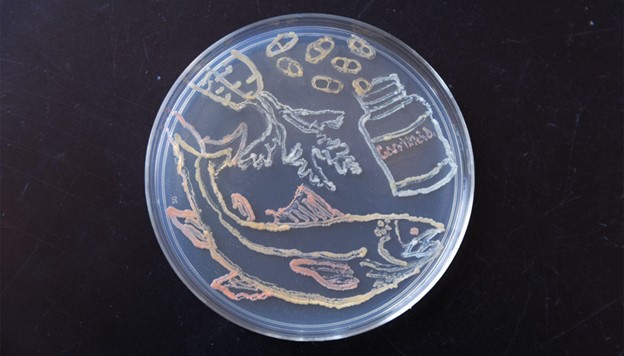Towards More Accurate Simulation of Aerosolos in Climate Models
Recent findings reveal that existing climate models overestimate scattering and absorption of sunlight by aerosols at altitudes between 6-10 kilometers.

The Science
A comparison of the ability of different climate models to accurately predict atmospheric aerosol behavior showed that models simulated the observed decrease in the removal of incoming solar energy by the process of aerosol absorption and/or scattering (extinction) with altitude; however, most models overestimated the extinction at altitudes between 6 and 10 km, particularly over the oceans and industrial regions.
The Impact
By predicting too much aerosol above clouds, the simulated aerosol is less easily scavenged and is more effective at making the Earth appear darker from space and hence warming the Earth. This has implications for estimates of aerosol effects on climate and reveals a need for focused model development and testing.
Summary
Aerosols primarily scatter and absorb radiation back to space, shielding the Earth’s surface from the sun’s energy counteracting some of the warming induced by greenhouse gases. Global models have had some success in simulating the amount of aerosol in the lower atmosphere but predictions have differed greatly among models and have undergone little constraint due to lack of measurements. Understanding the vertical distribution is important for predicting aerosol-cloud interactions and for accurate accounting of aerosol absorption enhancement over clouds. A team of international aerosol modelers, including DOE scientists at Pacific Northwest National Laboratory, simulated global vertical distributions of aerosols and evaluated the results using measurements of aerosol extinction (scattering + absorption of sunlight) by a lidar instrument on a NASA satellite.
Contact
Dr. Brigitte Koffi
Laboratoire des Sciences du Climat et de l’Environnement, France
brigitte.koffi@lsce.ipsl.fr
Funding
Basic Research: DOE Office of Science, Office of Biological and Environmental Research
Publications
Koffi, B., et al. Application of the CALIOP layer product to evaluate the vertical distribution of aerosols estimated by global models: Part 1. AeroCom phase I results. J. Geophys. Res., 117 D10201 (2012).
Highlight Categories
Performer: University , DOE Laboratory



